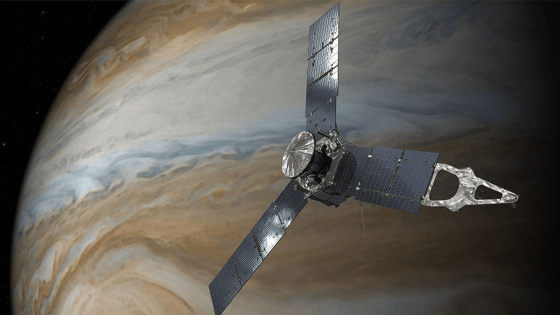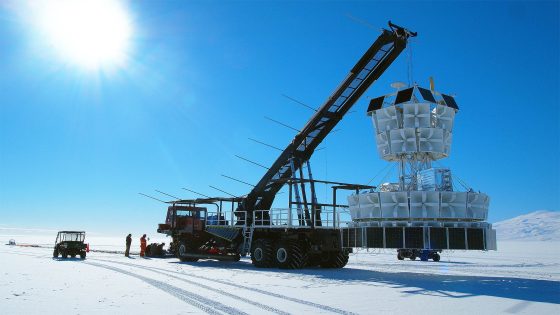A groundbreaking pre-print paper by Harvard astronomer Avi Loeb proposes a method to intercept interstellar comet 3I/ATLAS as it speeds through the Solar System. Discovered on July 1, 2025, this comet is moving nearly twice as fast as previous interstellar visitors, making it a significant target for scientific study.
- Avi Loeb proposes intercepting interstellar comet 3I/ATLAS.
- Comet 3I/ATLAS is larger and faster than previous visitors.
- Juno spacecraft could be repurposed for the mission.
- Oberth Maneuver needed for Juno's trajectory shift.
- NASA faces budget cuts affecting mission feasibility.
- Loeb speculates on the comet's potential alien origins.
With a nucleus measuring approximately 5.6 kilometers (3.5 miles), 3I/ATLAS presents an exciting opportunity for researchers. However, its closest approach to the Sun will occur on the opposite side from Earth, complicating direct observations. Loeb and his colleagues suggest repurposing NASA’s Juno spacecraft to intercept the comet during its close encounter with Jupiter.
This proposal raises intriguing questions about the nature of 3I/ATLAS. Could this comet hold clues about the formation of our galaxy? The potential for Juno to gather data includes:
- Utilizing Juno’s advanced instruments for close-up analysis.
- Investigating the comet’s origins, possibly from a different galactic region.
- Assessing whether it could be an interstellar probe, as Loeb speculates.
As we look ahead, the scientific community must remain open to innovative approaches for studying celestial phenomena. Will we soon unlock the secrets of 3I/ATLAS and its cosmic origins?

































